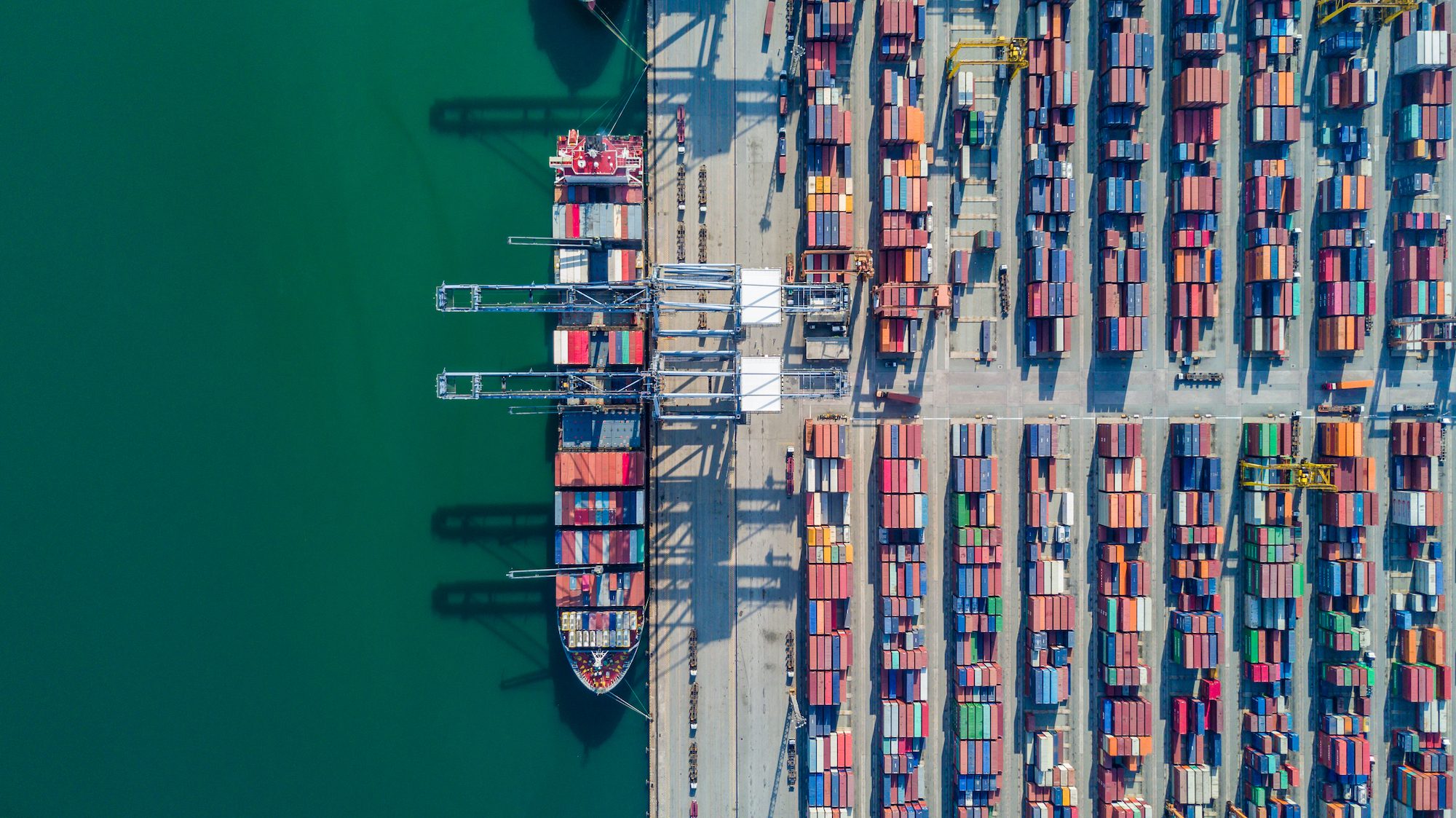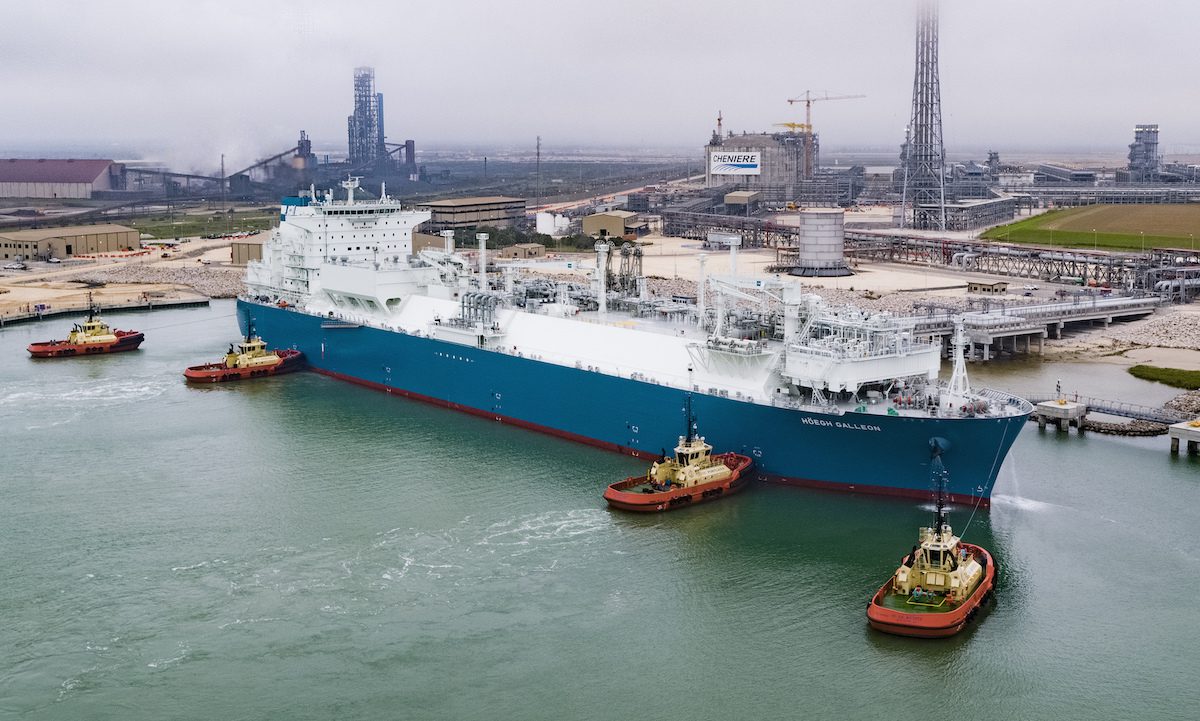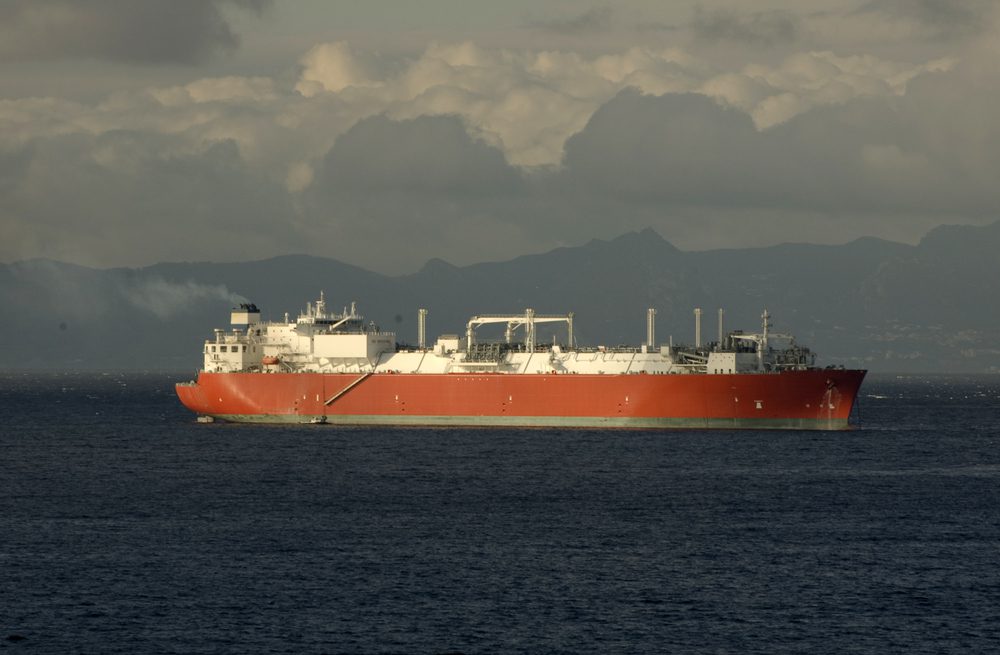MAN Energy Solutions has announced the successful first test of a two-stroke marine engine on ammonia fuel, marking a major milestone in the development of a full-scale ammonia engine to help decarbonize the marine market.
The test took place at the company’s research center in Copenhagen (RCC) using a MAN B&W two-stroke 4T50ME-X type engine. The company reported positive results, with promising data on pilot-oil amount and combustion stability.
Gunnar Stiesch, Chief Technical Officer at MAN Energy Solutions, said the test marks a major milestone in the road to developing a full-scale two-stroke ammonia marine engine.
“It’s been a historic week for our team at the RCC where a lot of groundwork and research has now paid off and we have gained a deep understanding of ammonia’s unique characteristics as a marine fuel, as well as its effects on fuel supply and safety systems. This successful combustion represents yet another, important step towards decarbonising the marine market and bringing big things to zero,” said Stiesch.
MAN Energy Solutions emphasized safety in the development of the ammonia engine, including a custom-built ‘cold hall’ and robust safety features from its existing dual-fuel portfolio.
Brian Østergaard Sørensen, Vice President and Head of Research & Development of two-stroke engines at MAN ES, said there is still a lot of work to be done, including executing a testing program that will study aspects such as heat-release, ignition, safety, pilot-oil energy fraction, NOx and N2O emissions.
“We then plan on rebuilding the test engine from one cylinder capable of running on ammonia to a full-scale test engine running on ammonia around the end of this year or early in 2024,” he said.
MAN ES is aiming to have its first operational ammonia engine on a commercial vessel by 2026.
“The first MAN B&W ammonia engine will be a 60-bore engine, which will be applicable to a very wide range of vessel types,” said Thomas S. Hansen, Head of Promotion and Customer Support at MAN ES. “The interest in this engine is very high and we have received many queries across basically all large merchant-marine vessels.”
He said the company expects a “quick uptake” of ammonia-fueled engines towards the end of the decade.
The MAN Ammonia project began in 2019 with a study of ammonia combustibility. In 2021, safety-focused ammonia fuel-supply and auxiliary systems were specified and installed at RCC for testing. This year, ammonia bunkering and service-tank facilities were built with full ammonia containment in case of a leak.
“Now it’s up to the International Maritime Organization to establish clear regulations that ensure that maritime actors are not penalised for choosing carbon-neutral fuels,” said Bjarne Foldager, Head of Two-Stroke Business, MAN ES. “At MAN Energy Solutions, our expectations for ammonia are positive owing to its predicted lower production cost compared to other, relevant e-fuels; we foresee around 27% of fuel used onboard large merchant-marine vessels to be ammonia by 2050.”

 Join The Club
Join The Club











